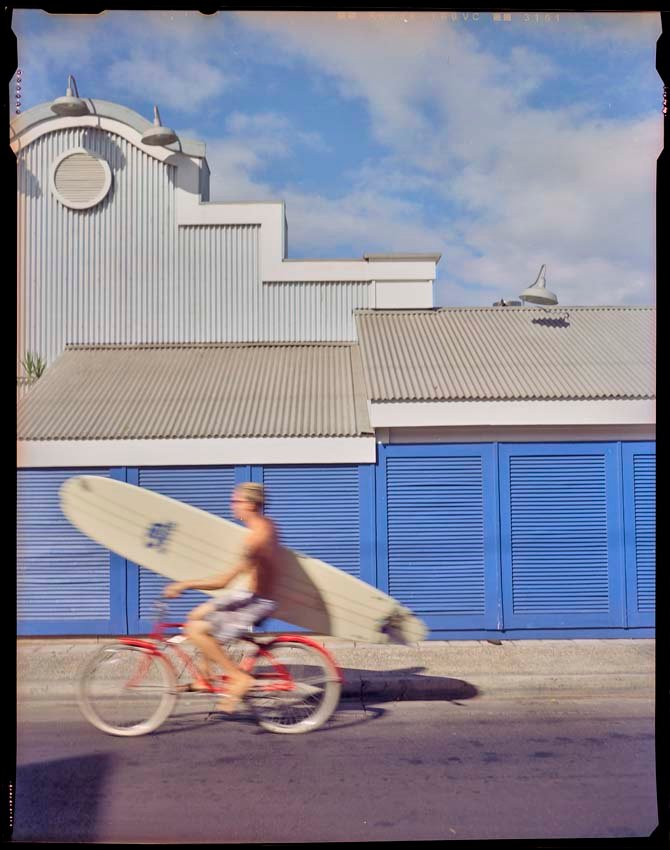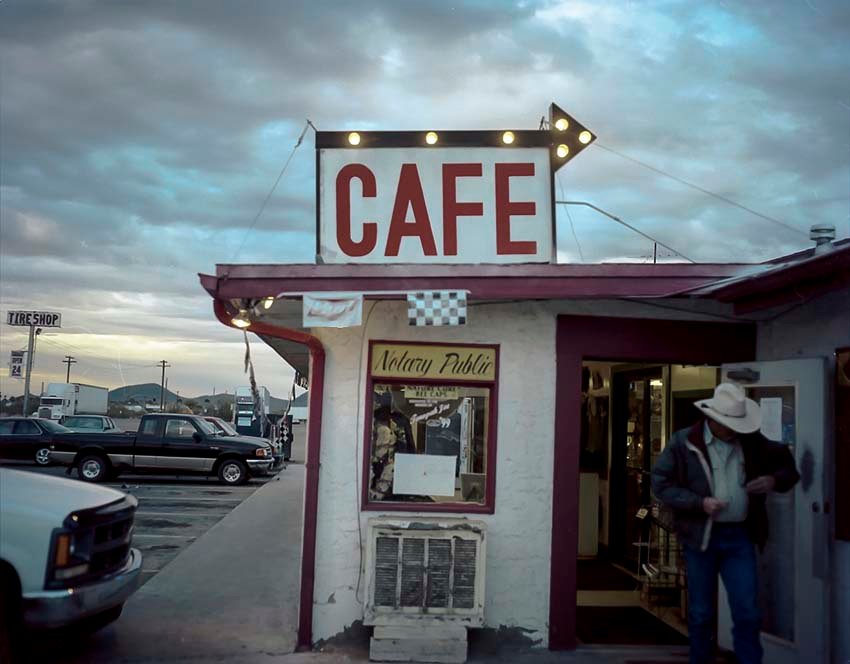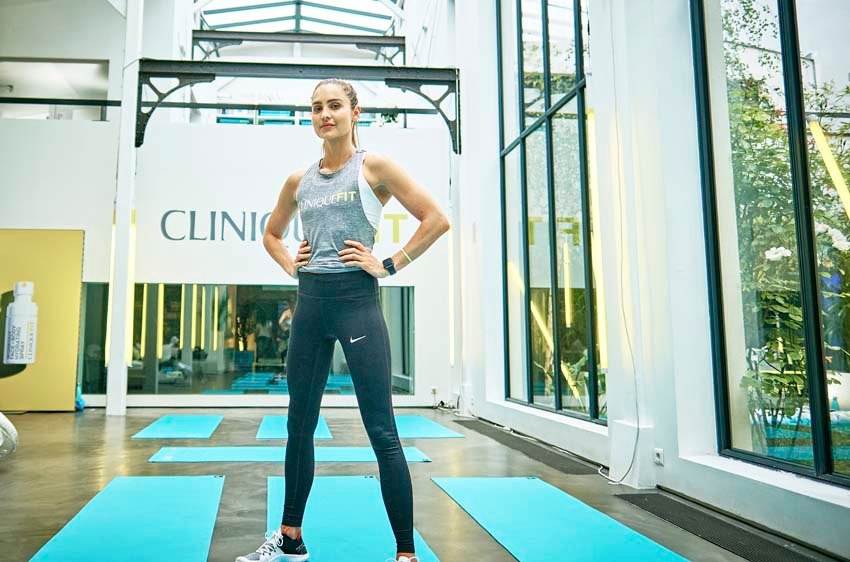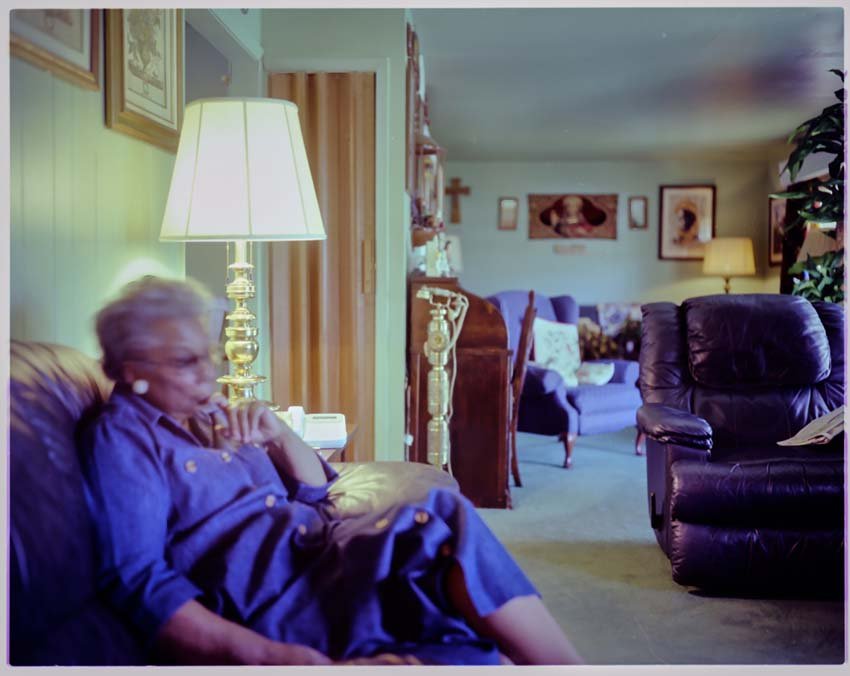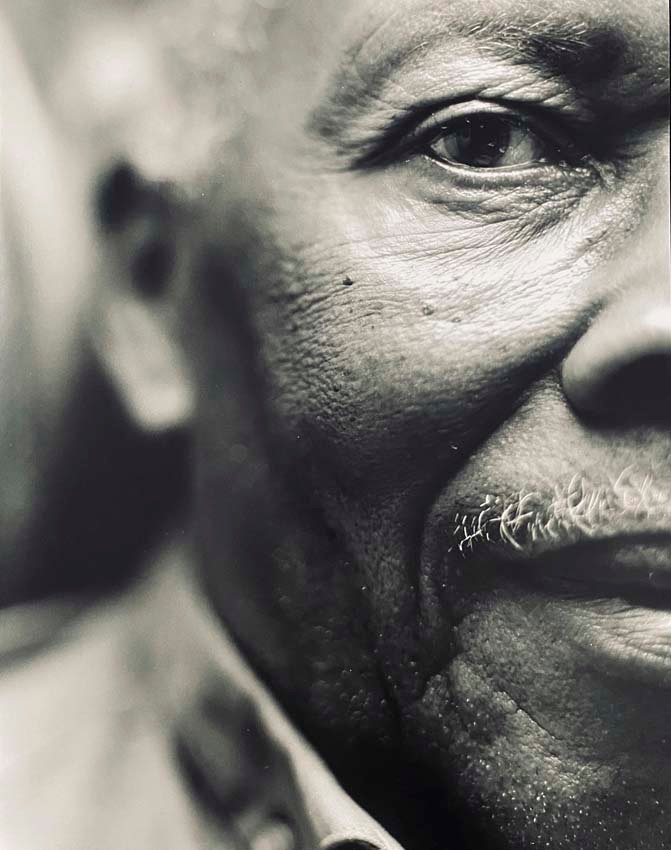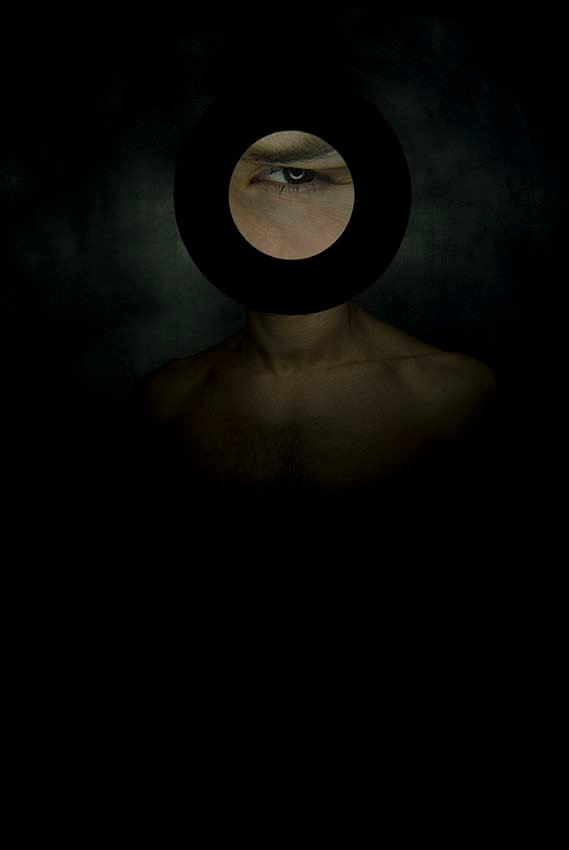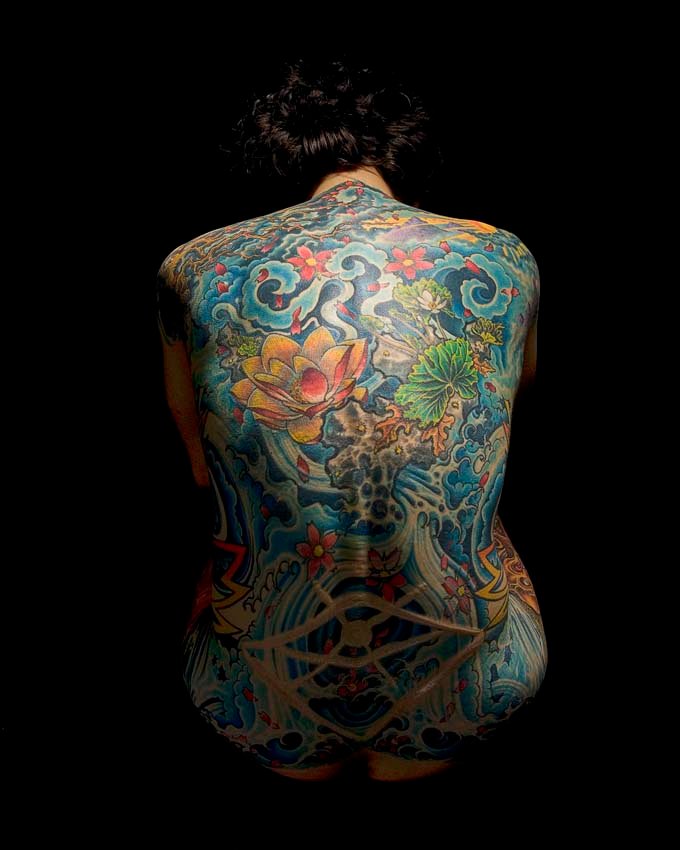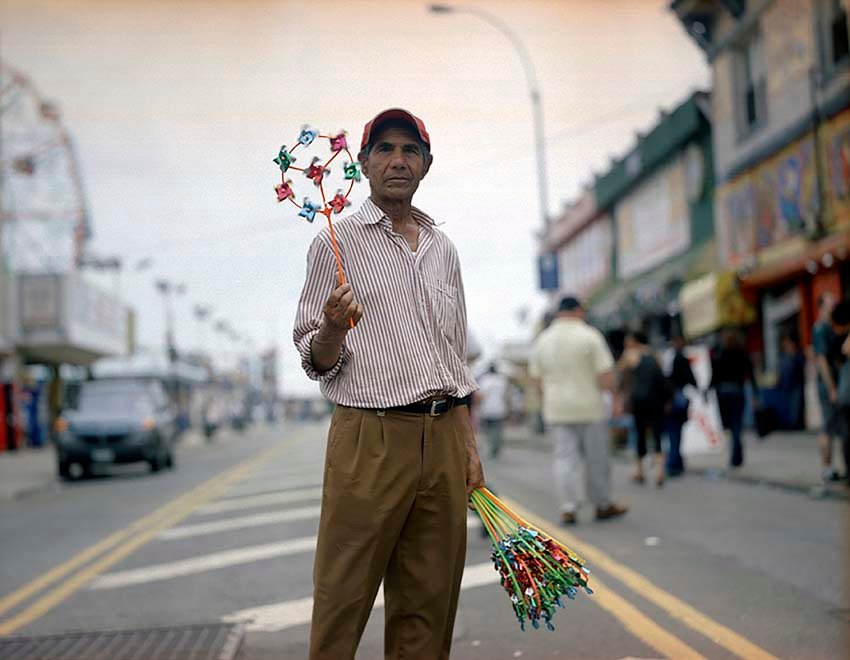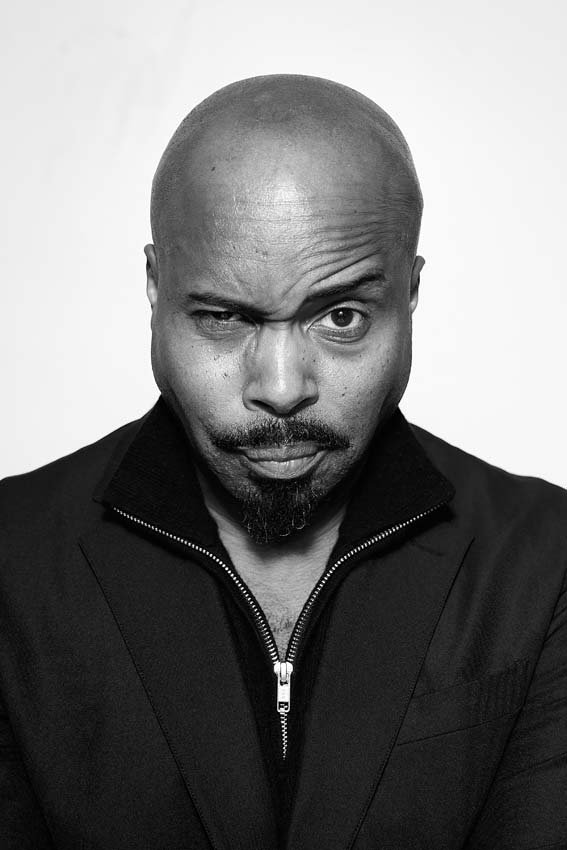+ By Rahsaan “Wordslave” Eldridge + Photos by Briscoe Savoy
One evening in 2002, Briscoe Savoy got a phone call—he was needed at New York’s Lincoln Center to assist on a photo shoot by 8 p.m., and it was after 6 p.m. Warned that the gig might run late, Savoy asked for more details. “It’s a concert. Prince,” was the reply. The show ended after midnight, and Savoy was asked if he wouldn’t mind assisting during the after-party. “Duh,” Savoy says today. “The shoot ended with [Prince] walking across the Brooklyn Bridge at sunrise.”
Savoy has been capturing beautiful shots from behind his camera for over 30 years. Born and raised in Annapolis, he was initiated into the arts by a family of creatives. His father and sister could draw. His grandmother was a gifted painter, sculptor, and author who self-published several books. His mother worked at a leather shop and designed costumes for him when he was a young boy in plays. And his grandfather, James Patrick Gross, Jr., affectionately known as “Mr. Jimmy,” was a beloved chef at Middleton Tavern, where Savoy worked for a few years after high school.
Savoy claims that he’s the least talented artist in his family. “I don’t know if I can make my hands work the way a pencil or pen or a brushstroke can, but I definitely can see it.” So, instead of painting, sculpting, or drawing, photography became his entry point into his family’s artistic tradition.
He first borrowed his mother’s camera while he was in junior high school for a museum field trip and recalls a photograph of a harvest moon that didn’t come out the way he wanted because he was still “figuring out” photography. Undeterred, he continued exploring the craft throughout his 12-year tenure at St. Mary’s School before heading off to Towson State University (now Towson University). One of his biggest regrets is not getting a shot of the old art-deco style “Parole” sign at Parole Plaza Shopping Center (now Annapolis Towne Center) before he left for school and it was torn down.
At Towson, Savoy studied film and photography, graduating with a Bachelor of Science in mass communications. He also has a deep love for storytelling and film and initially wanted to be a filmmaker, but he realized that being a still photographer gave him more autonomy than the collective effort it takes to make movies. While attending school, he freelanced and worked various jobs, including shooting headshots for a moving company and operating the second camera for weddings and bar/bat mitzvahs. After completing his film and photography electives in his junior year, he secured an internship at Aberdeen Proving Ground, a military facility established in 1917, during World War I, for the purposes of research, development, and the testing of weapons and artillery.
“I was part of a team of photographers and technicians that set up remote camera systems to shoot high-speed film and video, along with more traditional stills and video productions, for the base and the Department of Defense,” he says. “This was my first introduction to the transition from film to digital capture. At Aberdeen, I was shooting roll film and introduced to early digital cameras. It was also my first time flying . . . peeking out the open door of a helicopter, shooting film and video.”
Savoy stayed on at Aberdeen Proving Ground as a government contractor from 1989 until 1996, when he moved to Miami to pursue his interest in becoming a fashion photographer and because he wanted the opportunity to be more creatively expressive in his work. He relocated, with no friends or family nearby and only a couple hundred dollars in his account. Without a secure photography gig, he drew from his Middleton Tavern experience and bartended at night to make ends meet. He did some shoots as a freelance photographer but ultimately left after about six months, uninspired by the flash and glamour of Miami’s beach scene.
In 1997, Savoy moved to New York City, where he remained for 22 years, working as a freelance assistant. “I’ve worked with so many talented, well known, and unknown photographers spanning all disciplines. From interiors, to children, still life, and, of course, people in all forms and disciplines,” he says. “From everyday people, musicians, top models, and politicians. My assisting assignments ranged from Moscow to the White House.”
Aside from technical skills, Savoy acknowledges that psychology comes into play for the subject as well as the photographer. A self-proclaimed introvert, he notes how it’s sometimes necessary to be gregarious to effectively execute a shoot. There was also a period during his time in New York when he heavily relied on mental toughness to help get him through. One day, after returning home from an out-of-town gig, he discovered that several photographs and negatives had been destroyed by a disgruntled ex-girlfriend. To make matters worse, his personal life and professional reputation were affected by the breakup. There was some litigation involved. Feeling betrayed and uninspired, he started doing his job on automatic pilot, showing up for gigs but no longer having the passion to pursue creative endeavors. He kept studying and learning from the photographers he assisted and was able to earn a living during this dark period.
Savoy credits much of his success to his training as an assistant with a multitude of photographers, each of them bringing specific attributes that have contributed to his skill set and approach. Among them are Gregory Heisler, for his creative lighting techniques; Roxanne Lowit, for her rapport development with celebrities; Keith Major, for beauty and fashion expertise and his use of curated set lists as a comfort amenity; and Lyle Ashton Harris, who specializes in Polaroid 20 x 24 camera fine art, for which Savoy has an affinity. “[It’s] instant art,” he says, and when that image is captured, “that’s the only one, that’s the original.”
Savoy benefited from their knowledge of the craft as well as their understanding of how to appropriately deal with talent and clients—bringing a joyful vibe to the set, interacting with subjects, building rapport, and problem-solving on the spot when a talent is late or a when a venue falls through are equally as important to a successful shoot as getting the right lighting or pose. He cites Gordon Parks, Deborah Willis, Johny Pitts, Koto Bolofo, Dorothea Lange, and Fan Ho among his inspirations and influences in film and photography.
“It’ll be five years back, this May,” says Savoy. “However, this is the first time within those five years that I truly feel I’ll have the opportunity to rediscover the town I grew up in.” In 2019, Savoy returned to Annapolis to help care for his ailing grandfather. A great source of pride for Savoy, his grandfather was a World War II navy veteran and well known for his culinary work at one of Annapolis’ prized historical landmarks. Mr. Jimmy passed away at age 100 in November 2023.
Ultimately, it was family who set Savoy on his artistic trajectory, and their foundation and support allowed him to continue a successful career in his beloved craft. Family also brought him home to Annapolis. While the circumstances calling him back weren’t ideal, he’s excited to reestablish roots and continue building his artistic legacy from behind the lens.
For more information, visit briscoesavoy.com
or follow briscoesavoy.
